COLLE JANO
To learn how to become a wine grower, Resente worked as a day labourer for a wine growing farm in Belvedere Ostrense (Ancona), about twenty kilometres far from Cupramontana. “I learnt how to take care of a vineyard and keep it healthy. In the meantime, I also devoted time to my own land. I worked there for a year and a half, until 2017. At the moment, the profits of our activity are not enough to fully sustain our business, we need to be patient. Therefore, Giulia, who has a degree in Education Science, has started working as an educator”, explains Filippo.
In 2017 we produced 2 thousand bottles of Jano. It was the first time someone produced wine from grapes harvested in this plot of land; in the past, the owners used to give the grapes to the local social winery. The first vintage amounted to 4.8 tonnes of grapes, obtained from a hectare and a half. In 2018, it almost doubled, reaching 8 tonnes. It should be highlighted that the regulations in place for Verdicchio allow to harvest up to 1.1 tonnes of grapes per hectare. “Colle Jano is located in the lower part of Cupramontana, while the Crus, the best-known and top-quality vineyards, are situated in a higher area – continues Filippo -. Our wine, however, was welcomed and appreciated both by the market and by critics, to the extent that in 2018 our production hit 4 thousand bottles. We tried to find a national distributor as quickly as we could, because we thought this was the right and fastest way to achieve a production of ten thousand bottles per year”. In September 2019, after meeting an importer at the wine and spirits exhibition Vinitaly in Verona, we shipped our first order to the United States of America.
The grapes that are not turned into wine – we currently have an overall capacity of 8 thousand bottles – is given to the winery La Staffa di Staffolo (Ancona), one of the most interesting wineries in the Marche Region. Riccardo Baldi, its thirty-year-old owner, makes his premises available to Filippo for winemaking from his own grapes. The wine then ages in old cement tanks before being bottled. “In a few years from now, when we start producing from the vineyard I planted in 2018, I will be able to produce up to 15-20 thousand bottles”, says Filippo Resente. This is a new vineyard which, thanks to massal selection, derives from the old clones of Verdicchio still present in our land.
Massal selection
Massal selection is a term used to refer to the traditional way of propagating vineyards, starting from an accurate selection of the scions (shoots of the grapevine). This method takes into consideration two factors: the quality of the wine obtained and the health of the plant. Massal selection is a pre-industrial method that is often applied by wine makers that prioritise product quality, the older vineyards, or the vineyards found in more favourable locations. Through this kind of selection they are able to preserve existing genotypes Massal selection allows every single bottle of wine to express the true nature of the land where the wine was produced – explained the Tuscan nursery grower Marco Moroni in aninterview – Small businesses need to find their own identity and invest in it”.
